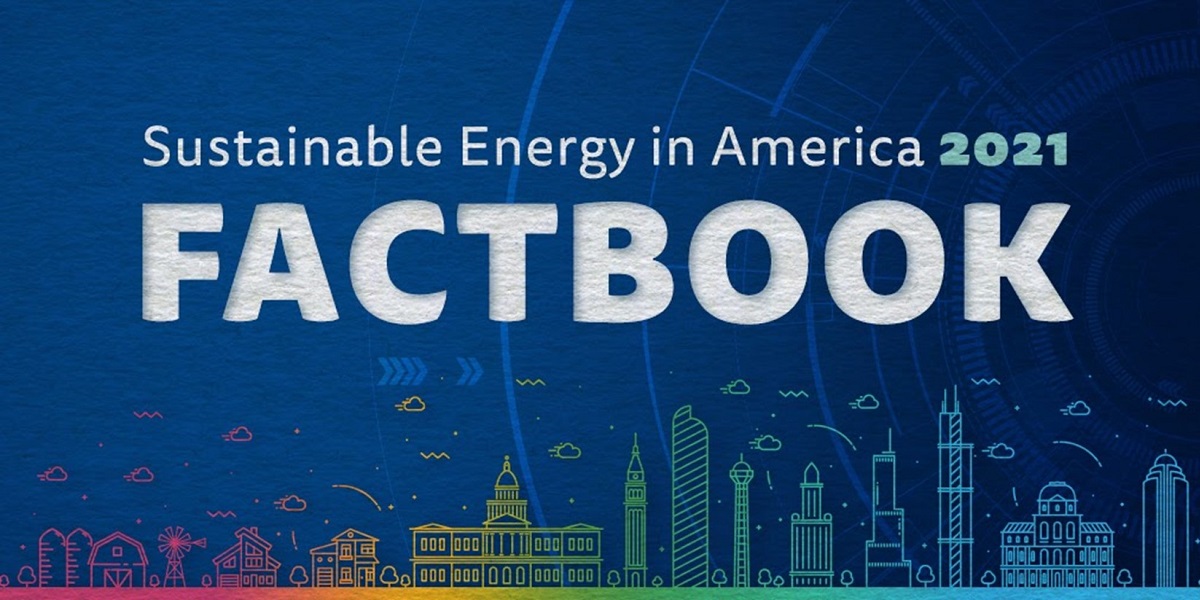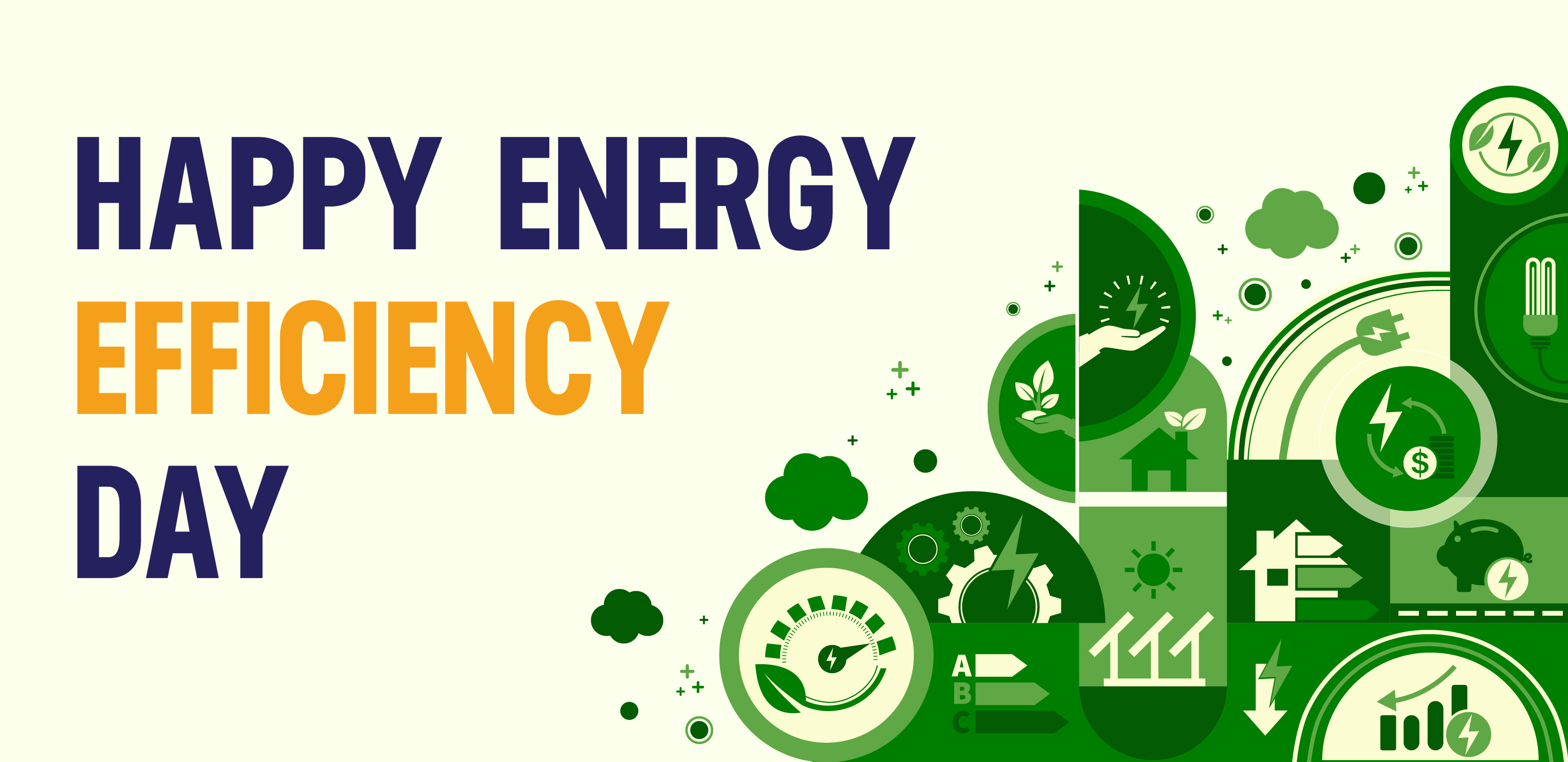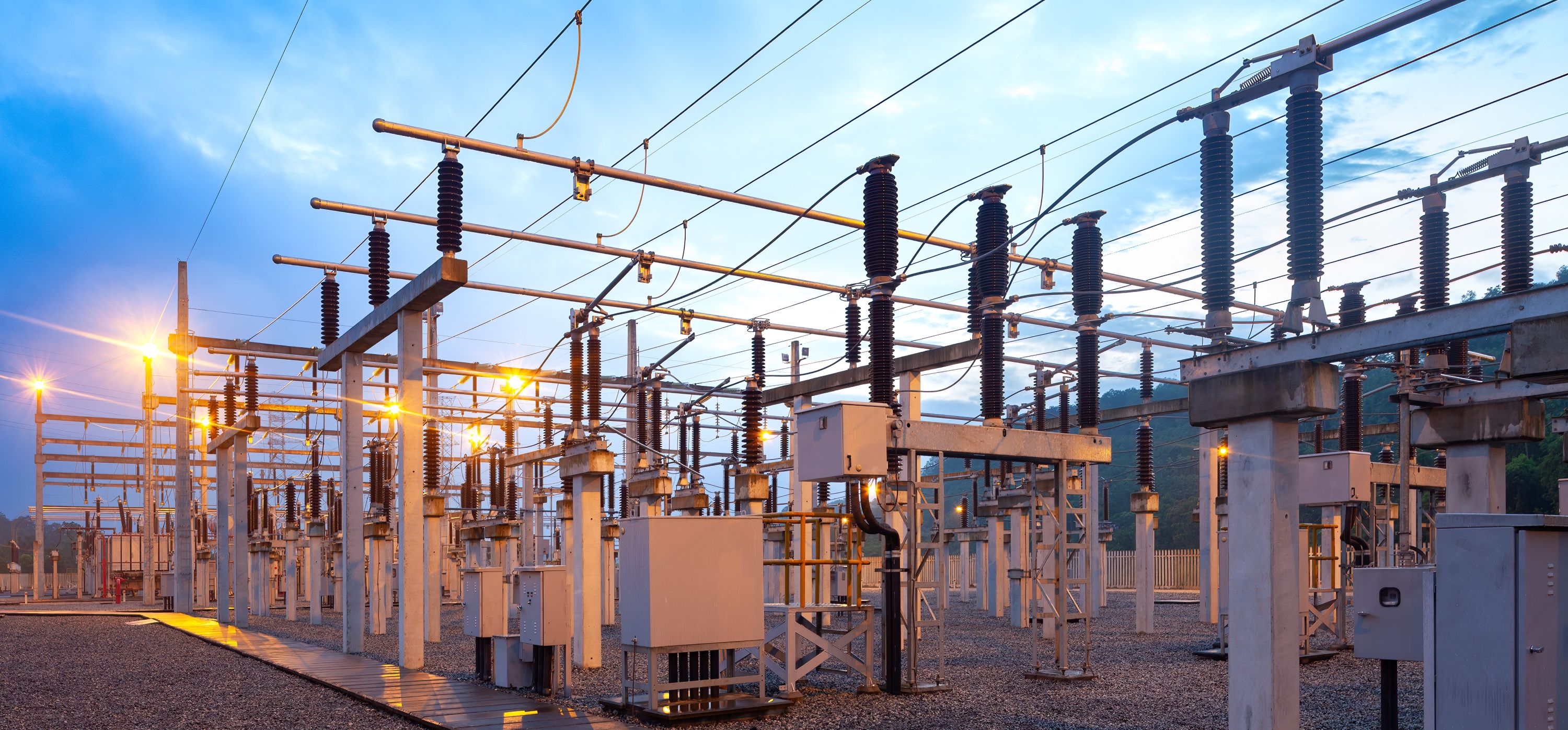This Year’s Sustainable Energy in America Factbook Showcases the Story of Energy Efficiency
Let's Save Energy
Alliance to Save Energy's Blog

While it’s safe to say that most of us would prefer to never talk about 2020 again, the extraordinary circumstances of the last year had impacts that will reverberate through the energy industry for years to come. In order to move forward, we need to reflect on the challenges and opportunities presented.
The 2021 Sustainable Energy in America Factbook, the ninth annual joint report on the state of the clean energy sector published by the Business Council for Sustainable Energy and BloombergNEF, provides a comprehensive overview of how the United States’ clean energy sector fared in such an abnormal year.
It’s a story of anomalies and loss, but also of tremendous potential for progress. Here are a few takeaways of what 2020 meant for energy efficiency:
Energy productivity rose, but for the wrong reasons
Unsurprisingly, the Factbook finds that total primary energy consumption declined 7.8% in 2020 from the year prior. Energy demand from the transportation sector decreased the most – at 14% – due to decreased professional and personal commuting. The reduction in energy use led to a 9.2% reduction in total greenhouse gas emissions in 2020, which theoretically would put the U.S. on track to meet its Paris Agreement goal. All this meant that U.S. energy productivity (the ratio of economic output per unit of energy consumed) rose – which under normal circumstances is heralded as a positive sign.
But we’re holding the applause, because the energy productivity increases were more a result of economic hardship than efficiency improvements. According to the Factbook, many businesses and consumers cut back on energy use to weather the downturn, which is far from a sustainable solution to reducing our energy consumption. Only investing in true energy efficiency progress – doing more with less, rather than making sacrifices to get by – could make the rise in productivity permanent.
The efficiency workforce suffered staggering losses
Stay-at-home orders meant it was much harder for workers to get into homes and businesses to perform retrofits. This had devastating impacts on the clean energy economy, which finished the year with the fewest number of workers since 2015. The energy efficiency sector, which is the largest employer within the clean energy industry, lost 400,000 jobs in the first six months of 2020. While efficiency jobs were added in the second half of the year, the rate of growth is far too slow. Targeted stimulus measures could help put these folks back to work and ensure that our infrastructure is as efficient as possible.
Efficiency proved to be resilient
Despite the difficulties of getting into homes and businesses, the ROI of investing in efficiency appears to still be clear to many consumers and businesses. For example, 2020 saw a 26% jump in ENERGY STAR-certified floor space in lodging, likely as owners with near-empty hospitality facilities due to the pandemic used the time and unused space to pursue certification. Federal government entities also signed $1.9 billion in energy efficiency contracts in 2020, equal to the amount signed in 2019. And the sale of battery electric vehicles (EVs) increased 10% year-over-year in 2020, indicating a shift in consumer preference away from less efficient conventional vehicles. But EVs still only represent about 2% of the market. The Alliance advocates for incentives that would help accelerate EV adoption including investments in charging infrastructure, particularly to make these vehicles more accessible in disadvantaged communities.
New technologies are reshaping the industry
It’s no secret that the energy industry is being disrupted by the introduction of new technologies and business models – trends that the Alliance is exploring through its Active Efficiency Collaborative. The Factbook reveals that 2020 accelerated their growth.
For example, utilities and energy service companies increased their deployment of remote and digital tools – such as analytics software, cloud and edge computing, and data management.
Plus, concerns about our grid’s reliability have resulted in an increased consumer interest in energy storage systems. The Factbook reports that in California alone, more than a quarter-million utility customers installed a residential energy storage system in 2020 – a 57% increase from the previous year. These systems can be a tool for energy savings if deployed with Active Efficiency in mind; for example, microgrid storage systems are suited for integration with efficiency strategies and can be optimized with digital tools to monitor energy consumption and determine when to island.
Let’s enact strong policy in 2021
The Alliance believes that targeted policy can help remedy the challenges of 2020 while capitalizing on the year’s promising trends. At the end of December, Congress passed the bipartisan Energy Act of 2020, a comprehensive energy package that included efficiency-enhancing provisions such as tax incentives, R&D spending, and grants for demonstration projects.
But more needs to be done to ensure that efficiency is deployed on the scale required to confront the climate crisis, enhance energy affordability, and create jobs in the wake of COVID-19’s economic fallout.
The Alliance’s 2021 Policy Agenda outlines a bipartisan roadmap for doing so. The Active Efficiency Collaborative is also exploring how federal, state, and regulatory policy and market forces can scale up the deployment of digital tools that increase efficiency.
If Congress and the Biden administration enact these policies today, the 2022 iteration of the Factbook could tell a much different story.
STAY EMPOWERED
Help the Alliance advocate for policies to use energy more efficiently – supporting job creation, reduced emissions, and lower costs. Contact your member of Congress.
Energy efficiency is smart, nonpartisan, and practical. So are we. Our strength comes from an unparalleled group of Alliance Associates working collaboratively under the Alliance umbrella to pave the way for energy efficiency gains.
The power of efficiency is in your hands. Supporting the Alliance means supporting a vision for using energy more productively to achieve economic growth, a cleaner environment, and greater energy security, affordability, and reliability.



